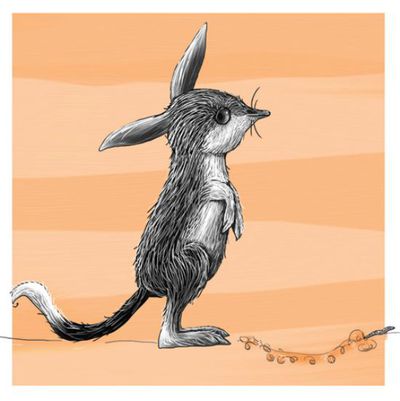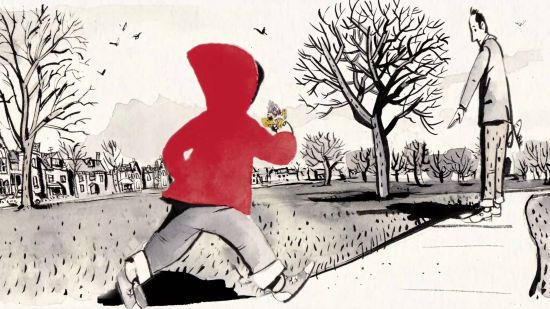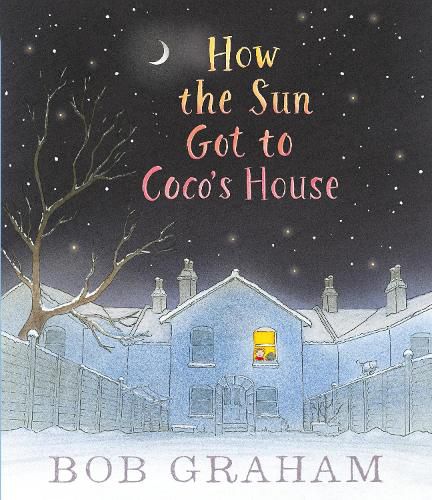August round-up of children's and young adult books
This month is a treasure trove for all ages.
You’ve probably heard about the new Dr Seuss book, What Pet Should I Get?, which Children’s Book Buyer Angela Crocombe wrote about in this blog post. The publisher’s notes at the back of the story are a very worthwhile addition as they cover the author’s life as well as the process of creating this book posthumously. Do I think it’s up there with The Cat In The Hat? No. But, is it great fun and does it contain that trademark Dr Seuss thinking? Absolutely!
I’d like to draw your attention to some picture books that won’t get the same mainstream coverage and that I think you’ll really love, starting with How the Sun Got To Coco’s House by Bob Graham, one of my favourite picture books of the year. Children will get so much from the sense of journey in this story, and they’ll be able to relate to the profound concept of how the sun shines on the whole world but sometimes feels like it’s exclusively for you. Moreover, their parents will absolutely love reading it to them. Read our review of this very special book here.

Image is from
It’s never too early to read books with children, and Melbourne artist Renee Treml showcases her charming scratchboard Australian animals in a board book especially for little ones. Once I Heard A Little Wombat is an Australian version of the nursery rhyme ‘Once I Saw A Little Bird’, and 0-3 year olds will enjoy the rhythm and call to action as a bilby goes ‘hop hop hop’ and a Tassie Devil goes ‘growl growl growl’.
Brave As Can Be by Jo Witek and Christine Roussey is a strong follow-up to the bestselling In My Heart: A Book of Feelings. This time the focus is on fear, and it is explored in a way that is thorough but never overwhelming for the 3-6 year age group. Witek touches on fear of the dark, dogs, insects, losing your parent on a busy street, nightmares and so on, while Roussey’s deliberately naive, entertaining drawings suit the tone perfectly. There’s an inventive use of die-cut pages leading from one sweet image to something unexpected on the following page. This book combines fun and empathy with an easy way of opening up a conversation about fear, by looking at what bravery feels and looks like when you’re very small.
I wrote about The Hush Treasure Book early this month, giving you a sneak preview of this stunning, eclectic anthology of Australia’s children’s book authors and illustrators. Children really enjoy exploring books like this, where the visuals and the tone changes from one page to the next and they can dip in and out, reading the stories in any order they choose.
Corinne Fenton has a gift for seeking out true but rarely told Australian stories from long ago and giving them new life, and Andrew McLean’s watercolours are a beautiful fit for the story of Bob the Railway Dog. Perhaps I should say it’s more of a portrait than a story, but no less appealing for that. Bob travels on a wheat train in South Australia during the early days of the railway, and each page gives you a vivid sense of place and time.
On the much quirkier side of things is The Marvellous Fluffy Squishy Itty Bitty by Beatrice Alemagna (many of you loved A Lion in Paris by the same author-illustrator). This is the sweet and empowering story of a young girl whose efforts to find something special for her mum eventually give her a confidence boost, by showing her how the seemingly random things that happen to us can knit together to provide the ideal solution. The artwork is the highly imaginative kind that children can get lost inside; I loved it.

Image is from
My final mention in picture books, Footpath Flowers is a wordless work of art and will be pored over by older kids who are interested in illustration, or in how to create narrative, as well as younger ones who happily ‘read’ a book through images alone. The illustration above shows a tiny snapshot, demonstrating the use of black and white with spots of red – the use of colour increases as the story progresses, in keeping with the theme of the book which is about how small acts of love can transform your world.
Readers of 6-10 have plenty to choose from, too. Sherlock-with-a-twist continues to be a very popular theme with three new series to choose from, two of which are set in Australia. Kizmet is written and illustrated by comedian Frank Woodley; the detective is an inquisitive girl and her sidekick is a cheeky kurrawong. Detection is also a theme in Michael Pryor’s new illustrated series, Leo Da Vinci, along with invention and friendship. Leo isn’t your typical junior fiction hero – not necessarily an obvious hero or all-rounder, but a unique and highly intelligent boy who is dedicated to his inventions. Read my review here. And finally there’s Lottie Lipton, which is set on the other side of the world in my old stomping ground, the British Museum, and includes puzzles for the reader to solve alongside Lottie.
Fans of the bestselling Holes by Louis Sachar won’t be disappointed by his new book, Fuzzy Mud. This is another highly absorbing story, most suited to over-9s, that both boys and girls will love (it’s told from the point of view of a grade 5 girl and a grade 6 boy). It’s a winning combination of thoughtful and gruesome. (Read my review here.) Fuzzy Mud was also the inspiration for my recent blog post on maps in children’s books.
Straight after giving the nod of approval to Fuzzy Mud, my 11-year-old started reading Goodbye Stranger by Rebecca Stead and I held my breath waiting for her verdict because this is my personal favourite of the bunch. She loved it (and stayed up far too late finishing it; this book should come with a tear-out note for the teacher to explain dark circles under eyes). Goodbye Stranger is a superbly measured story about how friendships and our sense of identity start to shift in our pre-teen years. Readers in grade 5 and into early high school will find so much to identify with here (and Rebecca Stead has lots of adult fans, too).
Our YA specialist Katherine Dretzke at the Hawthorn store has claimed Green Valentine by Lili Wilkinson as her favourite of the year so far, which is great news for a much-loved Melbourne author. Read Katherine’s review here. And Kathryn Lomer’s Talk Under Water, set in Tassie, also looks interesting. It’s important for teen readers to see a more diverse cast of characters in their fiction, and in this story one of the main characters is deaf.
I’ll end with two highly engaging works of non-fiction.
A graphic biography of Steve Jobs, Insanely Great, by Jessie Hartland, will be a huge hit with computer-mad kids and a good way to temporarily tempt them away from the screen to find out about this remarkable man. The graphic format means it’s not a hard slog to read, and the book captures Steve Jobs’ setbacks as well as his successes.
Finally, many readers will be familiar with Robert Hoge’s Ugly, and now there is a new edition written for younger readers. If your children enjoyed Wonder, the bestselling U.S. novel by R.J. Palacio, give them the real deal with this extremely well-told Australian story.



